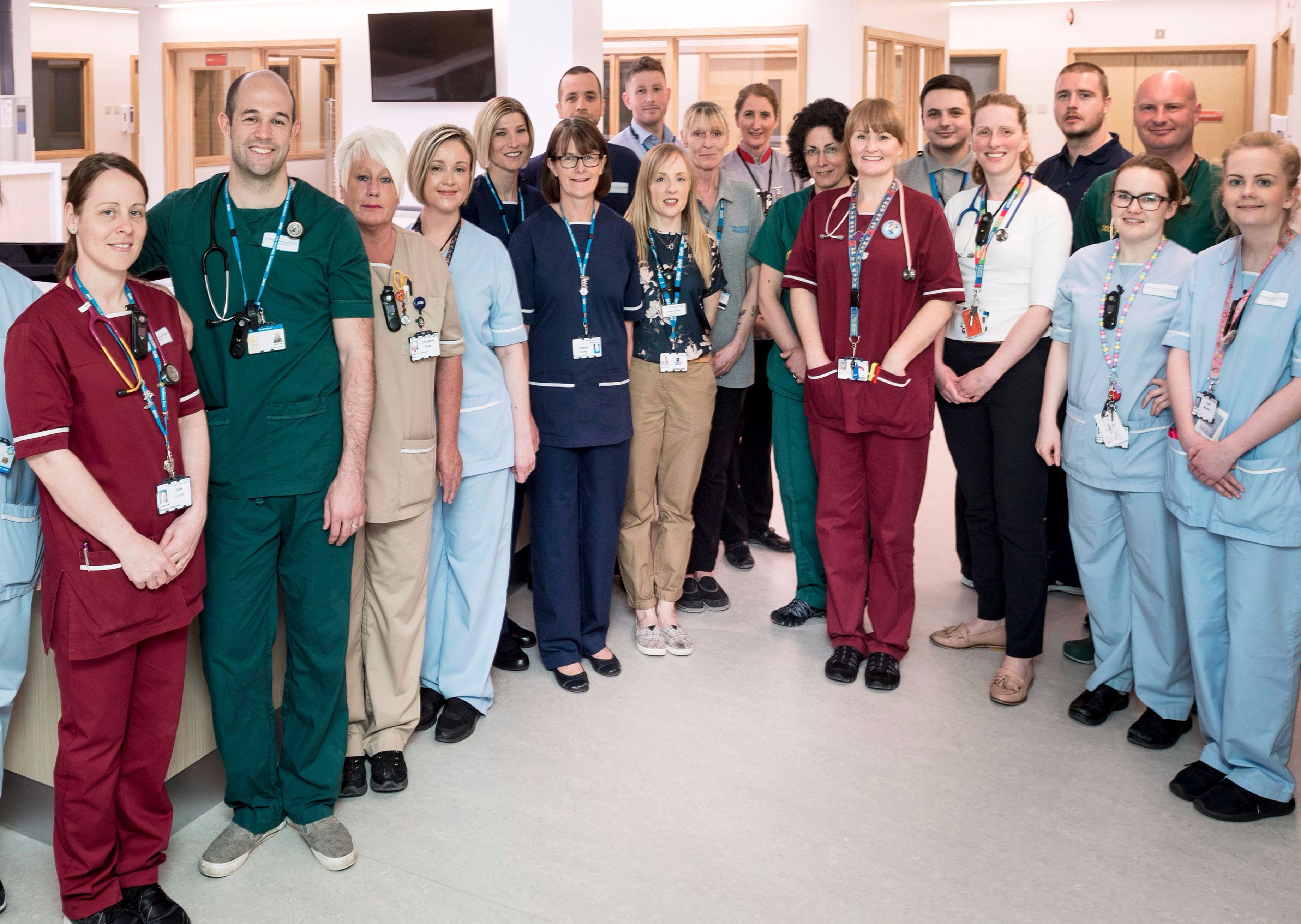The Adult Emergency Department is part of the Emergency Care department.
City Hospitals Sunderland’s new state of the art Adult Emergency Department opened June 2017. With the expertise and passion of our staff alongside the new facilities, the Trust is proud to offer such an exceptional service to the people of Sunderland and surrounding areas.
The Adult Emergency Department is
located on Kayll Road, to the right of Sunderland Royal Hospital Main Entrance
and opposite the multi-storey car park.
Adult Emergency Department 0191 569923
You can telephone us if you need to find out about someone who has come to the department or you need to ask a question.
Divisional General Manager Angela Gillham
Directorate Manager Hannah Stoker
Clinical Director Dr Martyn Farrer
Matron Sue Lane
Matron Julie Mills
We hope you
never need to visit us, but if you do you will be looked after in one of four
areas:
Resus
Resus is
where our sickest patients are. This could be someone with a severe infection,
or someone whose heart has stopped. Our Emergency Department team work with our
specialists to give life-saving treatment in this area.
High acuity
High acuity
is for our less sick patients. Here our nursing team can monitor people who are
unwell, and our Emergency Department staff will make an assessment and provide
whatever treatment is needed. A lot of our patients in high acuity need to be
admitted to hospital for ongoing treatment.
Ambulatory assessment
Ambulatory
assessment is for patients who are not that sick but need some specialist
input. This might be for broken bones, mental health problems, breathing
difficulties or many other conditions. Again our Emergency Department team will
make an assessment and provide any treatment needed.
See and Manage
See and Manage is
where patients with minor injuries and illness are seen. Some of these people
could have gone to other services – if you are not sure whether you should come
to the Emergency Department or not, see our Choose Well guide. The rest have
injuries or illnesses which needed to be seen in hospital, but do not require
life-saving treatment.


